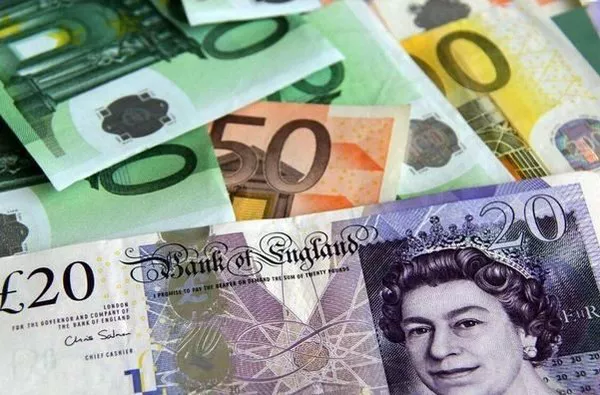When it comes to international currencies, understanding their symbols is an important aspect of conducting business and financial transactions. The currency symbol for GBP, which stands for Great Britain Pound, is a widely recognized symbol in the world of finance and commerce. This article will explore the details of the GBP currency symbol, its history, and how it’s used today.
The History of the GBP Currency Symbol
The GBP currency symbol has a long and storied history. It first appeared in the 16th century as a shorthand way to denote the pound sterling, which was the official currency of England at the time. At that time, the symbol was written as “£sd,” which stood for pounds, shillings, and pence. This format remained the standard for the next few centuries, with the symbol evolving over time to become the familiar “£” we know today.
The evolution of the GBP symbol can be traced through various historical documents and artifacts. For example, early banknotes and coins from the Bank of England often featured intricate designs and engravings that included the GBP symbol. Over time, the design of the symbol became more standardized and simplified, making it easier to reproduce and use across different mediums.
Today, the GBP symbol is recognized as one of the most iconic currency symbols in the world. It’s used not only in the UK but also in other countries that have ties to the British Commonwealth or use the pound sterling as their official currency.
How the GBP Currency Symbol is Used Today
In modern times, the GBP currency symbol is primarily used in the world of finance and commerce. It’s commonly used on financial documents such as invoices, receipts, and bank statements, as well as on websites and in advertising materials. The symbol is often accompanied by a numerical value denoting the amount of pounds sterling being referred to.
One interesting aspect of the GBP symbol is that it’s often used as a shorthand way to refer to the British economy as a whole. For example, news headlines might read “The pound sterling rises against the US dollar,” or “British stocks fall as GBP weakens.” In this context, the GBP symbol is being used as a synecdoche, where a part (the currency) is used to represent the whole (the British economy).
Another important use of the GBP symbol is in international trade and finance. The pound sterling is one of the world’s major reserve currencies, meaning that it’s held in large amounts by central banks and other financial institutions around the world. As such, the GBP symbol is frequently used in international financial transactions, including foreign exchange trading, cross-border investments, and commodity trading.
How to Type the GBP Currency Symbol
Typing the GBP currency symbol on a computer or mobile device is a simple process. On most standard keyboards, the symbol can be accessed by pressing the “Alt” key and typing “0163” on the numeric keypad. This will produce the £ symbol in most word processors, spreadsheets, and other software programs.
Alternatively, many software programs also include a shortcut key for the GBP symbol. For example, in Microsoft Word, users can type “Ctrl + Shift + 4” to insert the symbol automatically.
Conclusion
In conclusion, the GBP currency symbol has a long and fascinating history, dating back several centuries. Today, it’s recognized as one of the most iconic currency symbols in the world, and it plays a vital role in global finance and commerce. Whether you’re conducting business in the UK or dealing with international partners, understanding the GBP symbol is an essential component of financial literacy.


